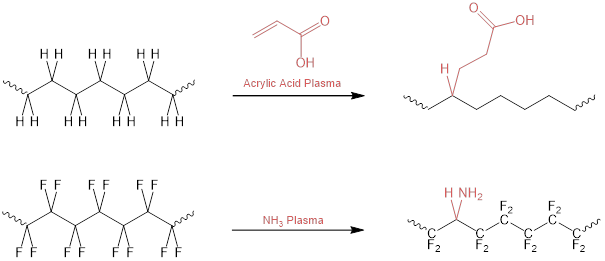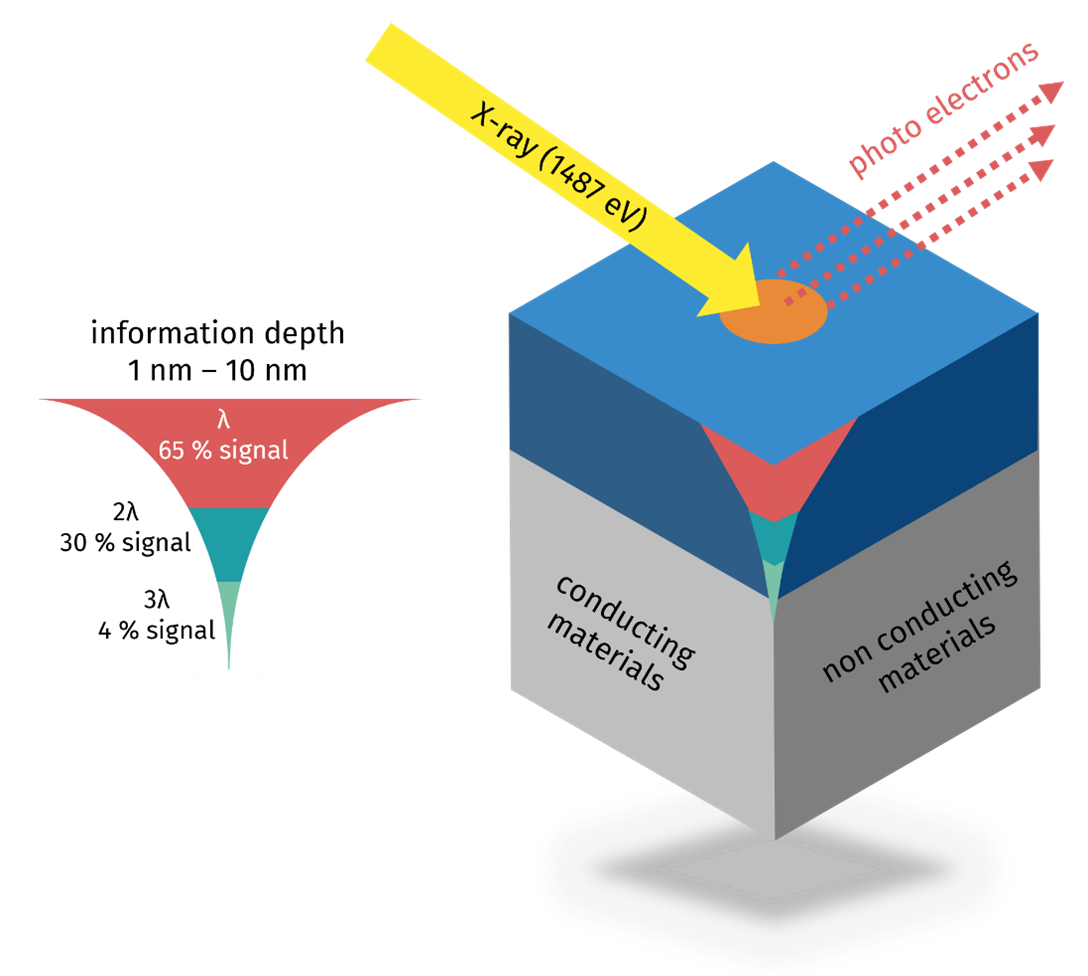Welcome to Iris Biotech
For better service please confirm your country and language we detected.

For better service please confirm your country and language we detected.

Thank you very much for your interest in our products. All prices listed on our website are ex-works, Germany, and may attract customs duties when imported.
You may/will be contacted by the shipping company for additional documentation that may be required by the US Customs for clearance.
We offer you the convenience of buying through a local partner, Peptide Solutions LLC who can import the shipment as well as prepay the customs duties and brokerage on your behalf and provide the convenience of a domestic sale.
Continue to Iris Biotech GmbHSend request to US distributorPublished on 27.06.2023

Polymers such as polyethylene (PE), polystyrene (PS), polytetrafluoroethylene (PTFE), or co-polymers thereof are materials present in different applications of daily life. Typically, these polymers are rather chemically inert towards chemical reactions or further covalent modifications.
Low pressure plasma treatment represents an elegant method to equip intrinsically inert polymeric surfaces with distinct chemical functionalities. Treating a surface with plasma energized ammonia, for example, allows to introduce an amino function; acrylic acid plasma creates propionic acid handles. These functional groups can be utilized as point of conjugation for any type of linker, and, in a next step, any compound from small molecules to peptides, proteins, nano- or antibodies can be covalently bound to the linker opening the door to numerous biological and pharmacological applications.

Introduction of functional groups to polymeric surfaces (upper: PE, lower: PTFE) by treatment with energized plasma.
Thus, this type of surface coating allows to generate materials with improved or also totally different properties compared to the original material. Hydrophobic surfaces can be turned hydrophilic or vice versa. Attachment of specific chelators, such as DOTA or NONA allows dotation of the surface with specific elements.
→ Get in contact to inquire about possibilities for the modification of your polymeric material, e.g. microtiter plates, membranes, solid particles
Subsequent surface analysis and proof of functionalization can be performed by X-ray photoelectron spectroscopy (XPS), also known as Electron Spectroscopy for Chemical Analysis (ESCA). In vacuum, the sample surface is irradiated with soft X-rays and the energy of the emitted photoelectrons is analyzed. This energy varies from element to element and also depends on the oxidation state of the element.

Principle of XPS and information retrieved by this technique.
XPS enables a highly sensitive, quantitative detection of all elements except hydrogen and helium, as well as for the identification of binding and oxidation states on solid surfaces. The method is highly sensitive so that even very thin layers can be studied (2 nm to 10 nm depth of information).
The XP spectrum results from plotting the number of detected electrons per energy interval against their kinetic energy.

Exemplary XP spectrum.
→ For more details about surface modification, click here!
→ Interested in our linker technologies? Download our brochure Linkerology®
References:
Comparison of Atmospheric-Pressure Plasma versus Low-Pressure RF Plasma for Surface Functionalization of PTFE for Biomedical Applications; C. Sarra-Bournet, S. Turgeon, D. Mantovani, G. Laroche; Plasma Processes and Polymers 2006; 3: 506-515. https://doi.org/10.1002/ppap.200600012
Ammonia RF−Plasma on PTFE Surfaces: Chemical Characterization of the Species Created on the Surface by Vapor−Phase Chemical Derivatization; P. Chevallier, M. Castonguay, S. Turgeon, N. Dubrulle, D. Mantovani, P. H. McBreen, J. C. Wittmann, G. Laroche; The Journal of Physical Chemistry B 2001; 105: 12490-12497. https://doi.org/10.1021/jp011607k
XPS and ToF-SIMS investigation of alpha-helical and beta-strand peptide adsorption onto SAMs; J. S. Apte, G. Collier, R. A. Latour, L. J. Gamble, D. G. Castner; Langmuir 2010; 26: 3423-32. https://doi.org/10.1021/la902888y